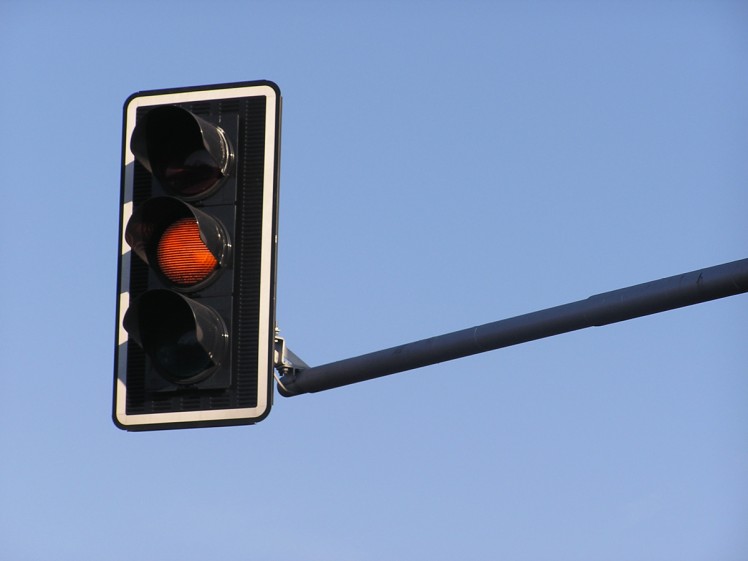Malaysia has well-developed air and sea connections. It is also accessible by road and rail through Thailand and Singapore on the Peninsula. More than 25 major airlines service the international airports throughout the nation. Port Klang and Penang in the Straits of Malacca link the country to the rest of the world by sea.
Internal travel is relatively easy, comfortable and cheap. The major towns and cities are served by air-conditioned trains and buses and also by regular scheduled flights. Travelling by road in Peninsular Malaysia is easy as it has a well-developed network of roads. In Sabah and Sarawak, travelling by four-wheel drive is recommended on unpaved roads, and many remote areas can only be reached by air or river. Travelling by rail is also highly recommended as you get a panoramic view of the countryside. To get value for money when traveling by rail, plan your journey in advance.
Road
Driving in Peninsular Malaysia on the expressway is very pleasant. It’s a wonderful experience as you can stop anywhere in your own time. The scenery is lush and green and you can always stop overnight at any of the towns as there are always a number of hotels available throughout the journey. Driving outside the cities can be great fun and a excellent way to view the country.
Despite the high accident rate, driving in Malaysia is not as bad a some fear. Many of the casualties are young motorcyclists who often ride with a reckless disregard for their own safety. They can make driving a little difficult in the built up areas as they often speed through the car lanes.
An overland journey from Thailand to Singapore can be made easily through Peninsular Malaysia by driving through the North-South Expressway (Lebuhraya Utara-Selatan) on the west coast and through the East-West Highway (Lebuhraya Timur-Barat) to the east coast. Buses, taxis and coaches, both interstate and local, also go between various destinations.
The speed limit on the Expressway is usually 110km/hr, but in some areas it is only 90 km/hr. Expressway users pay a toll based on the distance travelled and the type of vehicle. They collect a transit ticket from the entry toll plaza and pay the toll at the exit toll plaza.
Located along the Expressway are several Rest and Service Areas with food stalls, toilets, public telephones, petrol stations and parking areas. There are also lay-bys with toilets, public phones and parking areas. If your vehicle breaks down or if you’re involved in an accident, you can contact the 24-hour-service PLUSRonda for assistance by using the Emergency Telephones placed every two kilometres on either side of the Expressway. Additionally, the PLUS Traffic Monitoring Centre handles inquiries and emergencies from Expressway users and can be contacted at 1800-88-000.
To drive on Malaysian roads, you require a Malaysian Competent Driving License, Probationary Driving License or an International Driving License. Foreign and International Driving License is valid, but only for a grace period of three months. Afterwards, it is compulsory to exchange the license for a Malaysian driving license (for foreigners) at any of Malaysia’s Road Transport Department center. It is important to note that in Malaysia, all vehicles drive on the left-hand side of the road and the use of safety belts by drivers and front passengers is mandatory (back passengers: optional).
Air
Malaysia has 8 international airports, 14 domestic airports and 18 airstrips. Five of the international airports are at Sepang in Selangor, Penang Island, Langkawi Island, Kota Kinabalu in Sabah, and Kuching in Sarawak. Malaysia Airlines (MAS), the country’s national airline, operates most of the domestic flights within the West and East Malaysia. Firefly, a wholly owned subsidiary of MAS, operates out of their hubs in Penang and Subang. Firefly provides new and exclusive routes to various points within the Peninsular Malaysia, Southern Thailand and Sumatra of Indonesia. Air Asia and Malindo Air operate flights out of the newly running KLIA2 to many domestic and regional destinations.
In East Malaysia, apart from the regular services between major towns, Malaysia Airlines also operates its Rural Air Services which flies Twin Otters to a host of rural airstrips.
Rail
It is possible to travel by rail within and to Peninsular Malaysia via Thailand and from Singapore. Malayan Railways or Keretapi Tanah Melayu Berhad (KTM) connects all major towns in the Peninsular. First, Second or Economy Class air-conditioned coaches are available. The northbound Ekspres Langkawi departs nightly from Kuala Lumpur to Arau in Kedah. Arriving in the morning, it then proceeds to Hatyai, Thailand before returning back to Arau in the evening.
Senandung Malam is a KL Sentral-Singapore nightly coach service, while Senandung Langkawi travels the KL Sentral-Ipoh-Butterworth-Hat Yai route. Sleeping beds are provided in first and second class coaches. All express services have a restaurant coach serving local and continental cuisine. Tickets may be purchased 60 days in advance from the date of travel. Children aged from four to twelve are charged half the adult fare and those below four travel for free. Available to foreign tourists is the Tourist Railpass which allows for unlimited travel on KTM within five, 10 or 15 days (prices vary).
Sea
Many popular island destinations like Langkawi, Pangkor, Redang and Tioman are linked to the mainland by regular ferry services. Other smaller islands are accessible by smaller boats which may be chartered. Ferry services are available at Tanjung Belungkor, Tanjung Pengerang, Kukup, Desaru, Johor Bahru Duty Free Zone and (all in Johor) to Singapore, as well to and from Butterworth and Penang
Read more:
"ExpatGo welcomes and encourages comments, input, and divergent opinions. However, we kindly request that you use suitable language in your comments, and refrain from any sort of personal attack, hate speech, or disparaging rhetoric. Comments not in line with this are subject to removal from the site. "



















